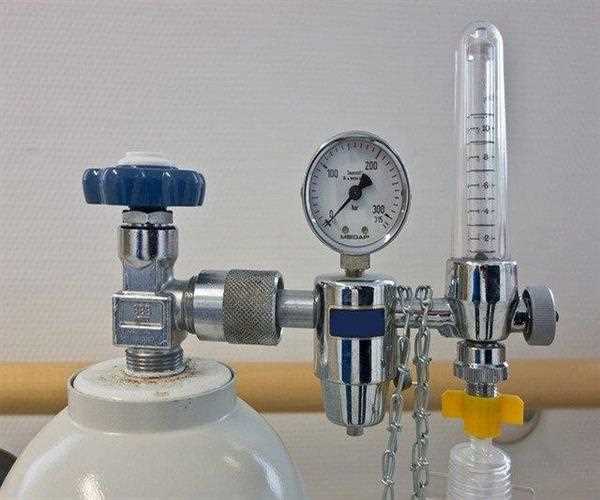Search here

27-Sep-2022
What is a Ventilator machine?
The new coronavirus behind the pandemic causes a respiratory infection called COVID-19. A virus called SARS-CoV-2 can enter the airways and make breathing difficult. Estimates so far show that about 6% of people infected with COVID-19 become seriously ill. And 1 in 4 of them might need a ventilator to breathe. However, the situation is changing rapidly as the infection continues to spread around the world.
What is a Ventilator?
A device that helps you breathe when you can't do it yourself. Your doctor may call this a 'mechanical ventilator'. People often call it 'breather' or 'breather'. Strictly speaking, a respirator is a mask worn by healthcare workers when caring for a person with an infectious disease. A ventilator is a bedside device with a tube connected to the airway.
Why do you need a ventilator?
When the lungs breathe in and out normally, the cells take in the oxygen they need to survive and release carbon dioxide. COVID-19 can inflame the airways and fill the lungs with fluid. A ventilator helps mechanically pump oxygen into the body. Air is passed through the tube to the mouth and trachea. Fans can breathe for you or you can do it yourself.
The ventilator can be set to take a certain number of breaths per minute. Your doctor can even program your ventilator to run when you need help. In this case, if you do not breathe for some time, the device automatically pumps air into your lungs. The respiratory tract can be uncomfortable. You cannot eat or talk while the power is connected. Some people on ventilators may not be able to eat or drink normally. If so, you will need to be fed through an IV, which is inserted through a needle into one of the veins.
How many ventilators do you need?
Ventilators cannot treat
COVID-19 or other diseases that cause breathing problems. It will help you stay healthy and your lungs work on their own.
The doctor will check your breathing if they think you are well enough. A ventilator is connected but is set to try to breathe on its own. If you are breathing normally, the tube is removed and the ventilator is turned off.

Student
An inquisitive individual with a great interest in the subjectivity of human experiences, behavior, and the complexity of the human mind. Enthusiased to learn, volunteer, and participate. Always driven by the motive to make a difference in the sphere of mental health - and normalize seeking help through a sensitive and empathetic approach
Join Our Newsletter
Subscribe to our newsletter to receive emails about new views posts, releases and updates.
Copyright 2010 - 2025 MindStick Software Pvt. Ltd. All Rights Reserved Privacy Policy | Terms & Conditions | Cookie Policy